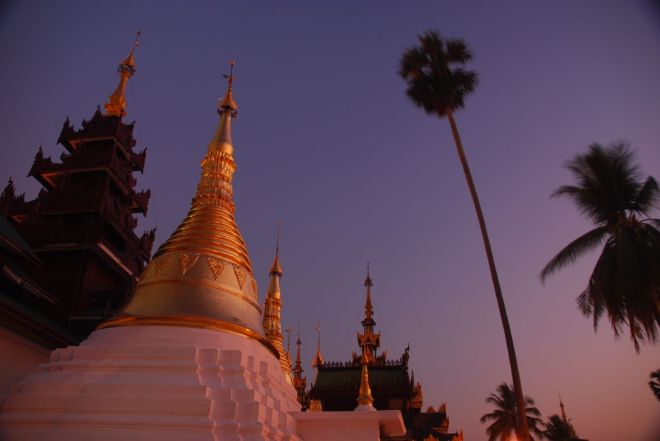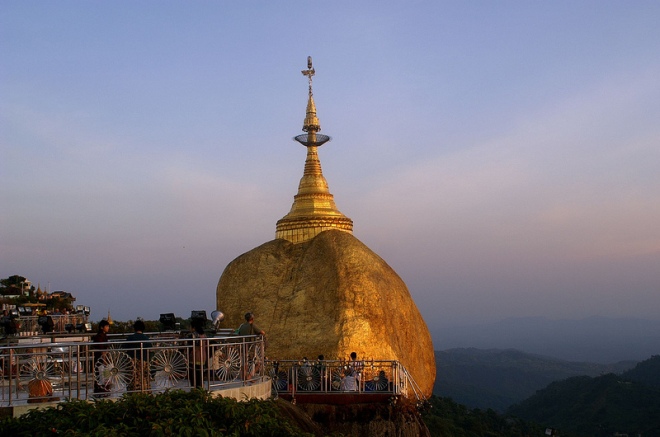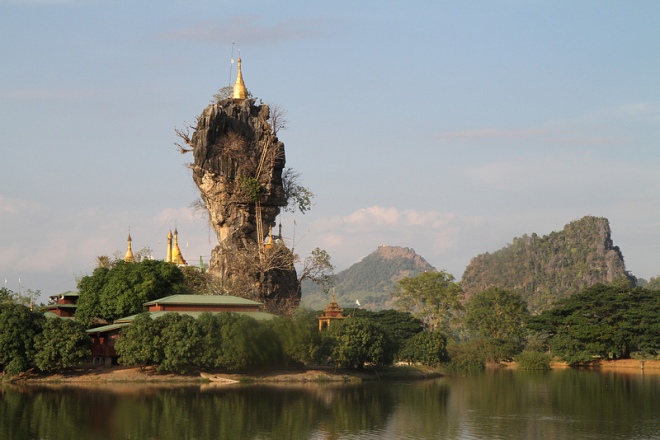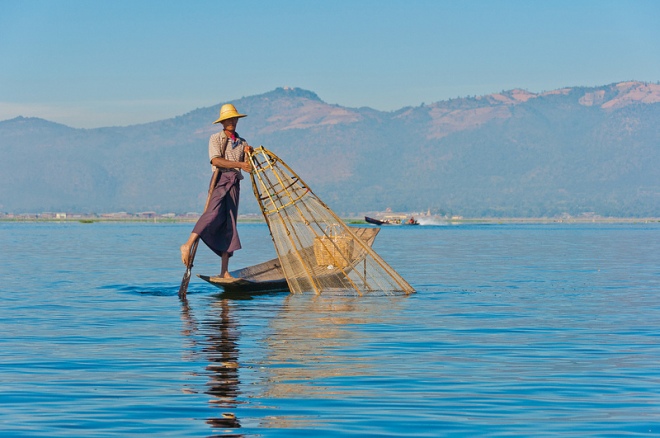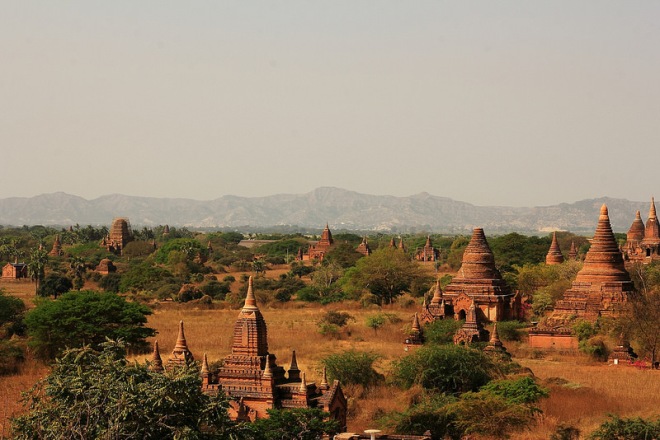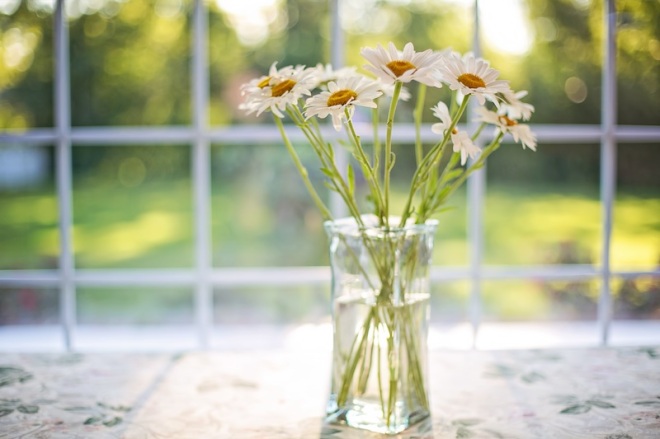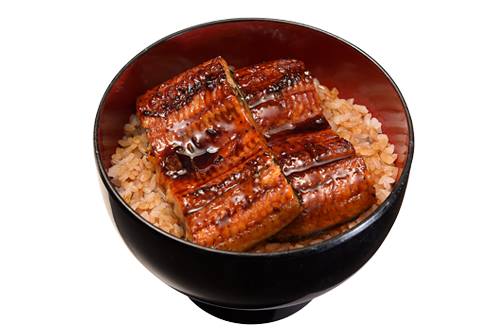Osaka’s Tennoji ward has mostly been known for its ancient, historical charms. But modern developments like the JR Tennoji Train Station and the Abeno Harukas Building have breathed a new life into the small, quaint ward. Now, travellers headed to Universal Studios Japan in Osaka, or explore Kyoto’s temples and shrines enjoy staying in Tennoji for its convenient location filled with its own touristy attractions.
JR Tennoji Station

The Tennoji Station sits along the following JR Lines: West Osaka, Yamatoji, Tanimachi, and Midosuji. It can easily link you to a numebr of major Japan attractions:
- To Central Osaka: JR West Osaka Loop Line
- To Nara and Kyoto prefactures: JR Yamatoji Line
- To Universal Studios Japan:
- Take a direct train that runs on both the Osaka Loop Line and the Sakurajima Line. (The number of direct trains is few, you need to check the schedule in advance.)
- To the Kansai International Airport: JR Limited Express “Haruka’
The station is found within the Abeno Harukas Building, one of Tennoji’s star attractions.
Book and purchase your JR Train Passes with KKday over here at an exclusive discounted rate, and enjoy exploring all of Japan with ease and speed. You can also purchase your Universal Studios Japan Tickets to skip the long lines, as well as Kyoto and Nara tours.
Abeno Harukas Building

At 300 meters and 60 floors, Abeno Harukas is Japan’s tallest skyscraper. The stunning glass building boldly defines the Osaka skyline, adding a modern touch to the Tennoji ward.
Harukas 300: Observation Deck (58th to 60th Floor)
Perhaps even more awe-inspiring is the view from the top. Ride the glass elevator to the 58th floor, and find yourself in an open-air outdoor plaza within a three-story atrium structure.

Large floor-to-ceiling glass panels line the 60th floor, giving visitors a stunning 360-degree view of Osaka and the Inland Sea.

Enjoy a hearty meal afterwards at the 58th floor’s restaurant, which boasts of great barbeque and takoyaki. Or purchase an adorable sky-blue stuffed Abeno bear—the district’s official district—as a souvenir on the 59th floor. According to residents, his favorite food are clouds.
Hours: Daily, 9:00am to 10:00pm. Choose from 3 visiting slots: Daytime, Sunset, and Night
Purchase: Same-day tickets can be bought at the building’s second floor. For early reservations, check here.
KKday Booking: Purchase this Universal Studios Japan VIP Wristband, which also gives you entry to Harukas 300.
Kintetsu Department Store (B2 – 14F)
A good deal of the Abeno Harukas building is dedicated to the Kintetsu Department Store, the (unsurprisingly) largest store in Japan. Within two buildings—the tower and wing—,it carries a wide range of international brands and entire floors dedicated to home interiors, sports and travel, and children.

The basement floors also hold a number of food options, as well as the souvenir area. Traveler’s tip: try the rice crackers.
Hours: Daily, 10:00am to 9:00pm (Restaurants until 11:00pm)
Abeno Harukas Art Museum (16th Floor)
Another proud Osaka attraction is the Abeno Harukas Art Museum. While it doesn’t hosue a permanent collection, the museum stages a number of exhibits year-round to feature Japanese, Western, and modern art.
On the same floor, you can also enjoy a closer view of the city by the garden terrace.
Tennoji Park

Tennoji has transformed drastically over the years, but the Tennoji Park remains pleasantly unchanged. The extensive park is filled with lush landscapes, and sits at the center of a number of Osaka’s most important attractions: The Osaka Municipal Museum of Art, the Tennoji Zoo, and the Shitennoji Temple, and the Abeno Harukas Building. The park itself is fashioned after Edo-aged imperial gardens, making for peaceful and pleasant afternoon stroll.
Kintetsu Friendly Hostel

Right by Tennoji Park is the Kintetsu Friendly Hostel, the official hostel of Abeno district. Because Tennoji is a major transportation hub where a number of train lines converge, this makes for a great base when travelling Japan’s Kansai region.
The hostel features a number of rooms for all kinds of travelers: Solo travelers can bunk in one of the 8-bed or 4-bed dormitory rooms, while groups and families can opt for the 4-person private rooms.

Kintetsu’s communal facilities are simple, clean and well-maintained. The bright and warm interiors give a homey feel, and make it easy to interact with fellow travellers. And within walking distance, you can explore and enjoy a number of Tennoji’s restaurants, coffee shops, and stores. We give the Kintetsu Friendly Hostel a glowing recommendation for its convenient location, comfortable space, and overall great value.
Reserve a room through KKday over here, and enjoy free tickets to Harukas 300!
Front Desk: 7:00am to 12:00 midnight
Check-in: 3:00pm to 11:00pm
Check-out: 11:00am
For more details, check out their official website.


